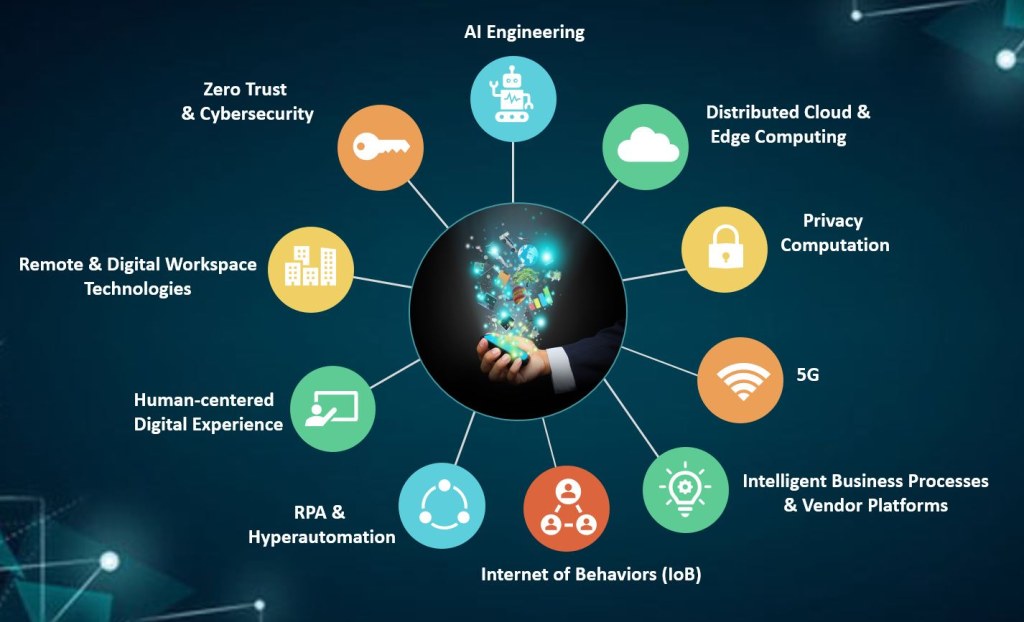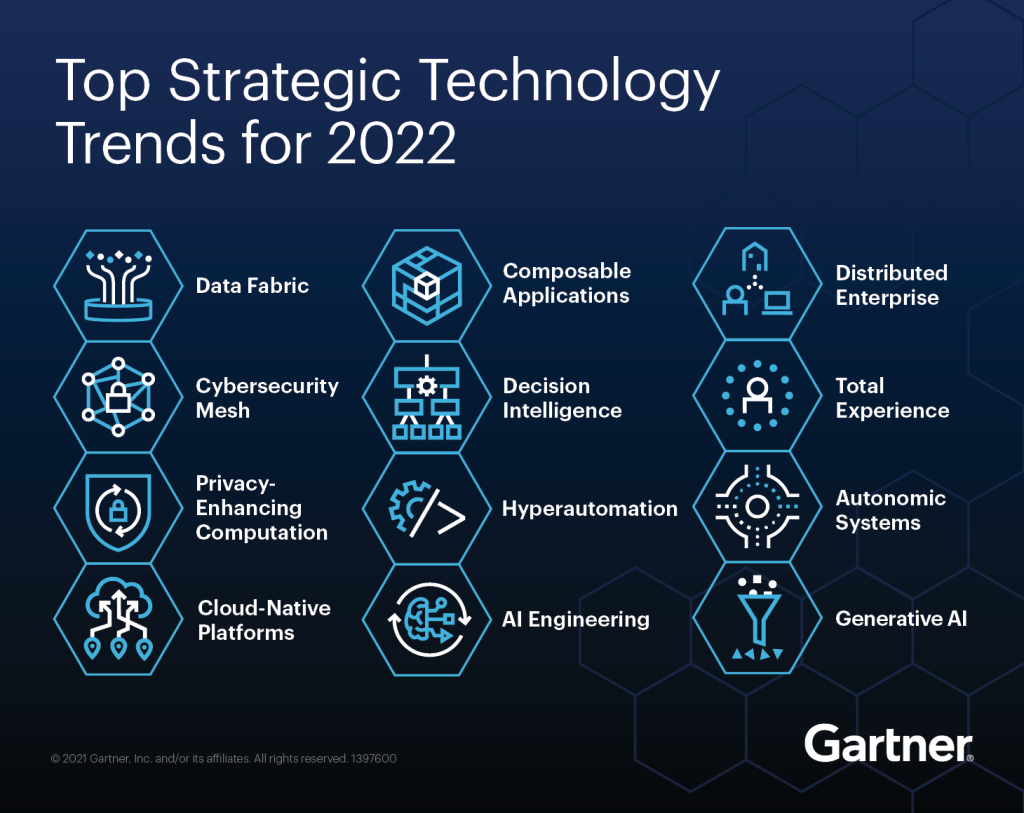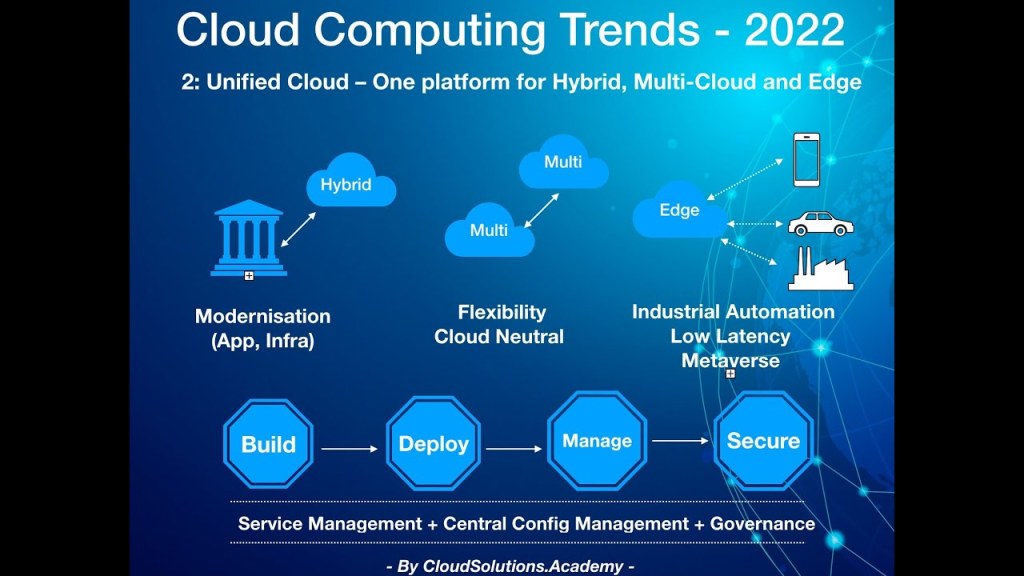Unlocking The Power Of Cloud: Discover The Latest Technology Trends In Cloud Computing
Latest Technology Trends in Cloud
Greetings, Readers! In this article, we will explore the latest technology trends in cloud computing and how they are shaping the future of the industry. Cloud computing has revolutionized the way businesses operate, offering flexible and scalable solutions for storing and accessing data. By staying up-to-date with the latest trends, companies can stay ahead of the competition and make the most of this powerful technology.
Table of Contents
Introduction
What is Cloud Computing?
Who is Using Cloud Computing?
When Did Cloud Computing Start?
Where is Cloud Computing Headed?
Why is Cloud Computing Important?
How Does Cloud Computing Work?
Advantages of Cloud Computing
Disadvantages of Cloud Computing
FAQs
Conclusion
Final Remarks
3 Picture Gallery: Unlocking The Power Of Cloud: Discover The Latest Technology Trends In Cloud Computing



Introduction
Cloud computing is the practice of using a network of remote servers hosted on the internet to store, manage, and process data, rather than using a local server or a personal computer. This technology has gained significant popularity in recent years, as it offers various benefits such as cost savings, scalability, and accessibility. In this section, we will explore the key aspects of cloud computing and its importance in today’s digital landscape.
1. What is Cloud Computing?

Image Source: dzone.com
Cloud computing refers to the delivery of computing services over the internet, including storage, processing power, and software applications. Instead of investing in on-premises infrastructure, companies can rely on cloud service providers to handle their data and applications. The cloud can be accessed from anywhere with an internet connection, providing flexibility and convenience for users.
2. Who is Using Cloud Computing?
Cloud computing is used by a wide range of individuals and organizations, including businesses of all sizes, government agencies, educational institutions, and individuals. Large enterprises often use cloud services to streamline their operations, while small businesses and startups can leverage the cloud to access enterprise-level infrastructure without the high costs.
3. When Did Cloud Computing Start?
The concept of cloud computing dates back to the 1960s, but it wasn’t until the early 2000s that it gained significant traction. Amazon Web Services (AWS) launched its Elastic Compute Cloud (EC2) in 2006, followed by other major players such as Microsoft Azure and Google Cloud Platform. Since then, cloud computing has continued to evolve and become an integral part of the IT industry.

Image Source: gcom.cloud
4. Where is Cloud Computing Headed?
Cloud computing is expected to grow exponentially in the coming years. According to Gartner, the worldwide public cloud services market is projected to reach $397.4 billion in 2022, up from $270 billion in 2020. The adoption of emerging technologies such as artificial intelligence, machine learning, and the Internet of Things (IoT) will further drive the demand for cloud solutions.
5. Why is Cloud Computing Important?
Cloud computing offers numerous benefits that make it essential for businesses in today’s digital age. It enables cost savings by eliminating the need for on-premises infrastructure and the associated maintenance costs. The cloud also provides scalability, allowing businesses to quickly adjust their computing resources based on demand. Furthermore, cloud computing enhances data security and enables collaboration among distributed teams.
6. How Does Cloud Computing Work?

Image Source: ytimg.com
Cloud computing involves the use of multiple interconnected servers located in data centers around the world. These servers are responsible for storing and processing data, running applications, and delivering services to users over the internet. The cloud infrastructure is designed to be highly available and fault-tolerant, ensuring uninterrupted access to resources.
Advantages of Cloud Computing
Cloud computing offers several advantages that have made it a popular choice for businesses:
1. Scalability: Cloud services can scale up or down based on demand, allowing businesses to easily adjust their resources.
2. Cost Savings: By eliminating the need for on-premises infrastructure, businesses can save significantly on hardware and maintenance costs.
3. Flexibility: Cloud services can be accessed from anywhere with an internet connection, providing flexibility for remote work and collaboration.
4. Data Security: Cloud providers employ advanced security measures to protect data, often surpassing the capabilities of individual organizations.
5. Disaster Recovery: Cloud services offer built-in backup and recovery options, ensuring data is protected against loss or damage.
Disadvantages of Cloud Computing
While cloud computing offers numerous benefits, it also has some potential drawbacks:
1. Downtime: Cloud services may experience occasional outages, which can result in temporary unavailability of resources.
2. Dependency on Internet Connection: Cloud computing relies on a stable internet connection, which may pose challenges in areas with limited connectivity.
3. Data Security Concerns: Storing data in the cloud raises concerns about data privacy and security, particularly in highly regulated industries.
4. Vendor Lock-In: Migrating from one cloud provider to another can be complex and costly, potentially leading to vendor lock-in.
5. Limited Control: Organizations have less control over their data and infrastructure when using cloud services, relying on the provider for maintenance and updates.
FAQs
1. What is hybrid cloud computing?
Hybrid cloud computing combines elements of public and private clouds, allowing organizations to leverage the benefits of both.
2. Can cloud computing be used for big data analytics?
Yes, cloud computing provides the scalability and processing power required for big data analytics, making it an ideal solution.
3. Are there any legal or regulatory considerations for cloud computing?
Yes, organizations must consider compliance with data protection laws and industry regulations when using cloud services.
4. What are the cost implications of cloud computing?
The cost of cloud computing varies based on factors such as usage, storage requirements, and the chosen service provider.
5. Can cloud computing improve disaster recovery capabilities?
Yes, cloud services offer robust disaster recovery options, ensuring data is protected and can be quickly restored in the event of a disaster.
Conclusion
In conclusion, the latest technology trends in cloud computing are shaping the future of the industry, offering businesses unprecedented flexibility, scalability, and cost savings. By understanding and embracing these trends, organizations can harness the power of the cloud to drive innovation and stay ahead of the competition.
Final Remarks
In this fast-paced digital era, cloud computing has become an indispensable tool for businesses of all sizes. However, it is crucial to carefully evaluate the advantages and disadvantages of cloud computing before making a decision. Each organization has unique requirements and considerations, and finding the right balance between on-premises infrastructure and cloud services is essential. By staying informed and adapting to the latest trends, businesses can leverage the full potential of cloud computing and achieve their goals efficiently and effectively.
This post topic: Latest Technology Trends
